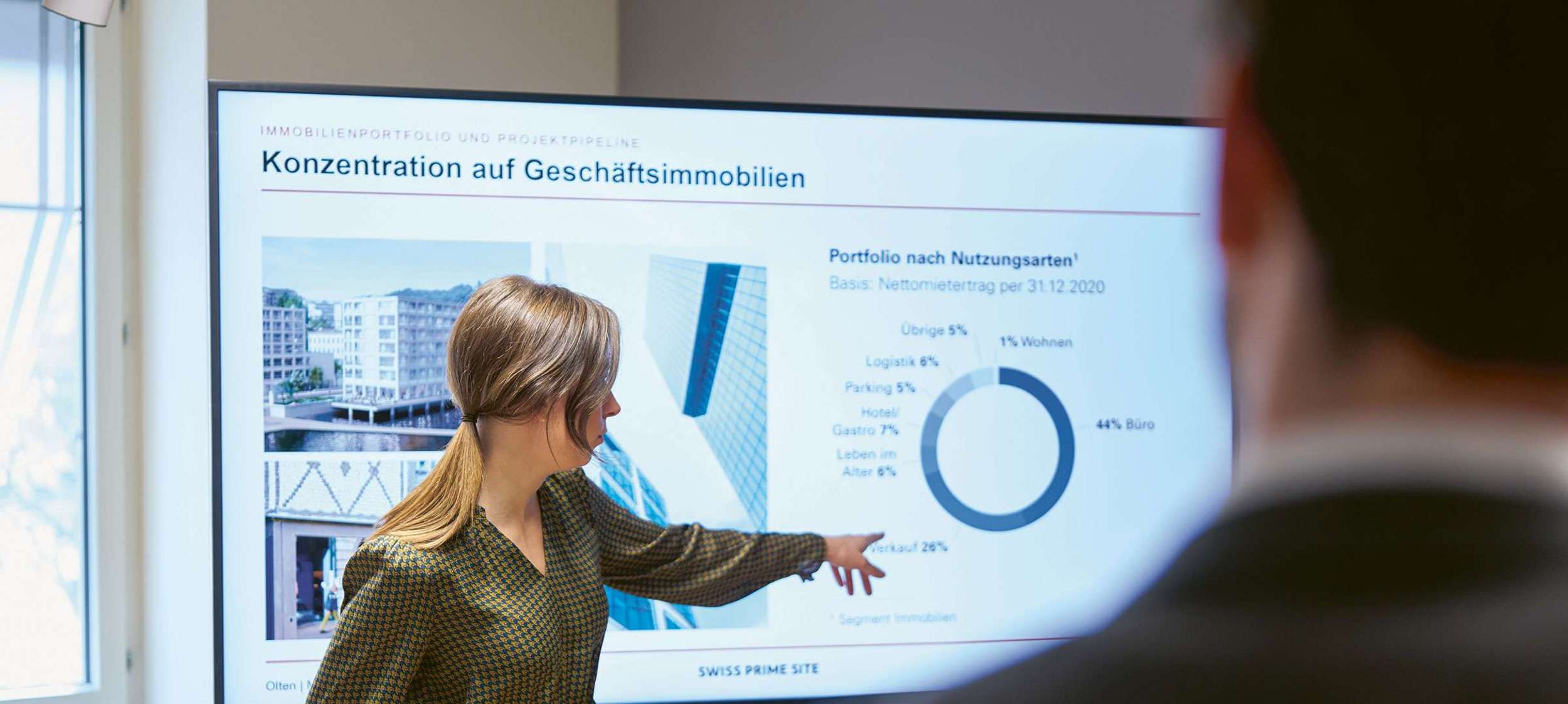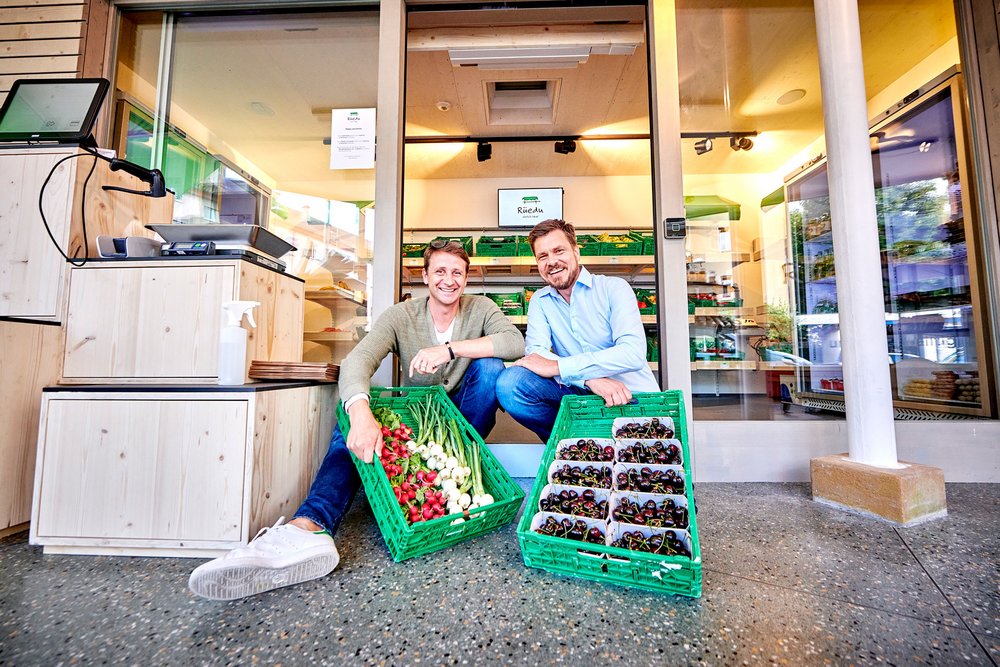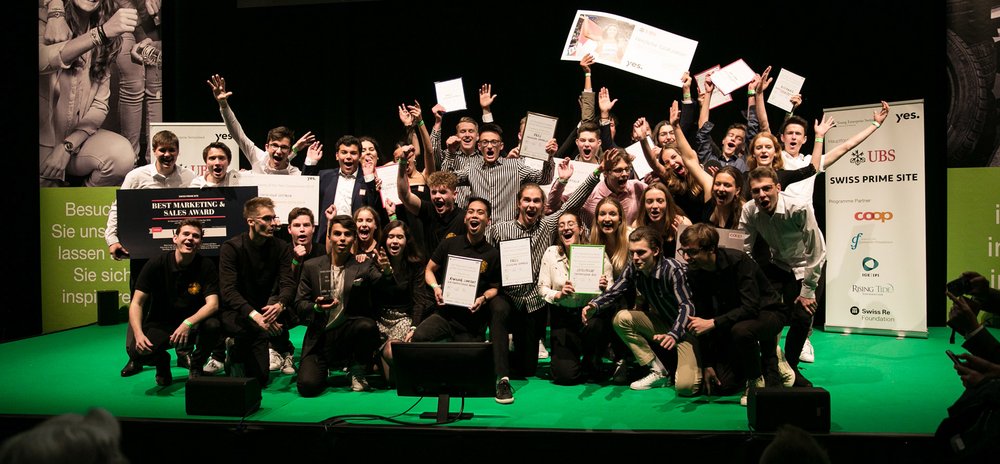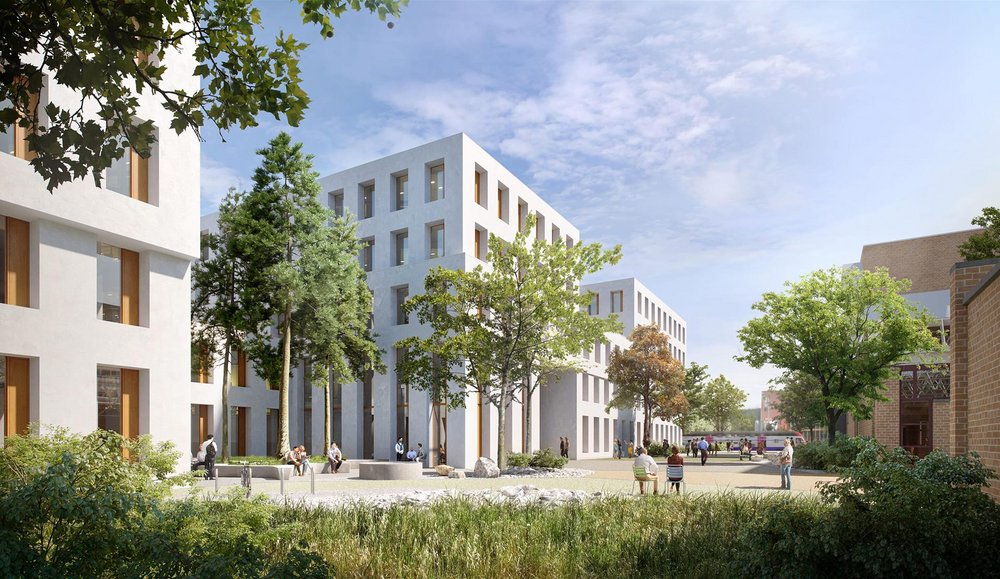Story
Decarbonisation, net zero, buildings as power plants – making the reduction pathway a reality
Decarbonisation in the real estate sector requires far-reaching measures. The aim is to achieve this through a fundamental shift in energy supply. In this approach, Swiss Prime Site is guided by SDG 13 (Sustainable Development Goal No. 13), Climate Action. This requires innovative technologies that make the switch from fossil fuels to renewables possible in the first place. Buildings should – almost as a secondary function, and as a way of contributing to the smart cities of tomorrow – become actual power stations, producing energy for tenants and, in an ideal scenario, neighbours, too. This also offers the electricity sector the chance to shape the future of energy in a positive way.

Future Board, Swiss Prime Site’s innovation committee, brings together innovation and sustainability initiatives from across the group and readies them for implementation in operations. The interdisciplinary committee regularly discusses potential partnerships with start-ups and tech companies. These must, in one way or another, have a positive impact on the four strategic innovation targets: i) improving operational efficiency, ii) servitisation of properties and sites, iii) boosting sustainability and wellbeing in development and operations, and iv) creating new business models and sources of income. The Startup Accelerator Programme is held for specific issues several times a year on the basis of these targets.
The aim is to develop specific user-focused use cases and business models and to establish innovative thinking in the corporate culture. As part of the programme, participants have the opportunity to develop relevant projects for Swiss Prime Site Immobilien, Swiss Prime Site Solutions, Wincasa and Jelmoli and present them to the Executive Board. These partnerships enhance the Swiss Prime Site Group’s capacity for innovation and competitiveness, promote innovation from the ground up and enhance sustainable growth.
The latest workshop was all about decarbonisation, net zero and buildings as power plants. The large number of applications from interested parties were considered in advance and around a dozen were invited to pitch. The following companies and start-ups made it through to the second round.
Enerdrape develops prefabricated geothermal panels with a modular system that makes them easy to install. This technology enables all kinds of new and existing underground infrastructure to be converted into sites fulfilling heating and cooling requirements – such as underground car parks, for example. The solution makes it easier to access geothermal energy close to the Earth’s surface.
The team at Evodrop provides a water treatment system that eschews the use of salt and preserves essential minerals for drinking water (such as calcium and magnesium). The technology guarantees healthy drinking water free from harmful substances and prevents limescale damage. The latter extends the lifespan of water supply infrastructure, reducing CO2 emissions in operation.
TVP Solar produces solar thermal high-vacuum flat-plate collectors for industrial uses. The systems help heat water and produce steam in a temperature range between 80 and 180 degrees Celsius, including in difficult weather conditions.
NewGreenTec generates green energy with small hybrid, decentralised wind-solar power stations. The wind turbines are small and compact, making them ideal for the roofs of buildings. The smart technology ensures that electricity is generated all year round, including at night.
SoHHytec offers a system based on solar technology for the on-site production of (sources of) energy. The company, which holds a world record for efficiency in this respect, provides a 100% clean and green system for hydrogen production – that also generates electricity, heating and oxygen.
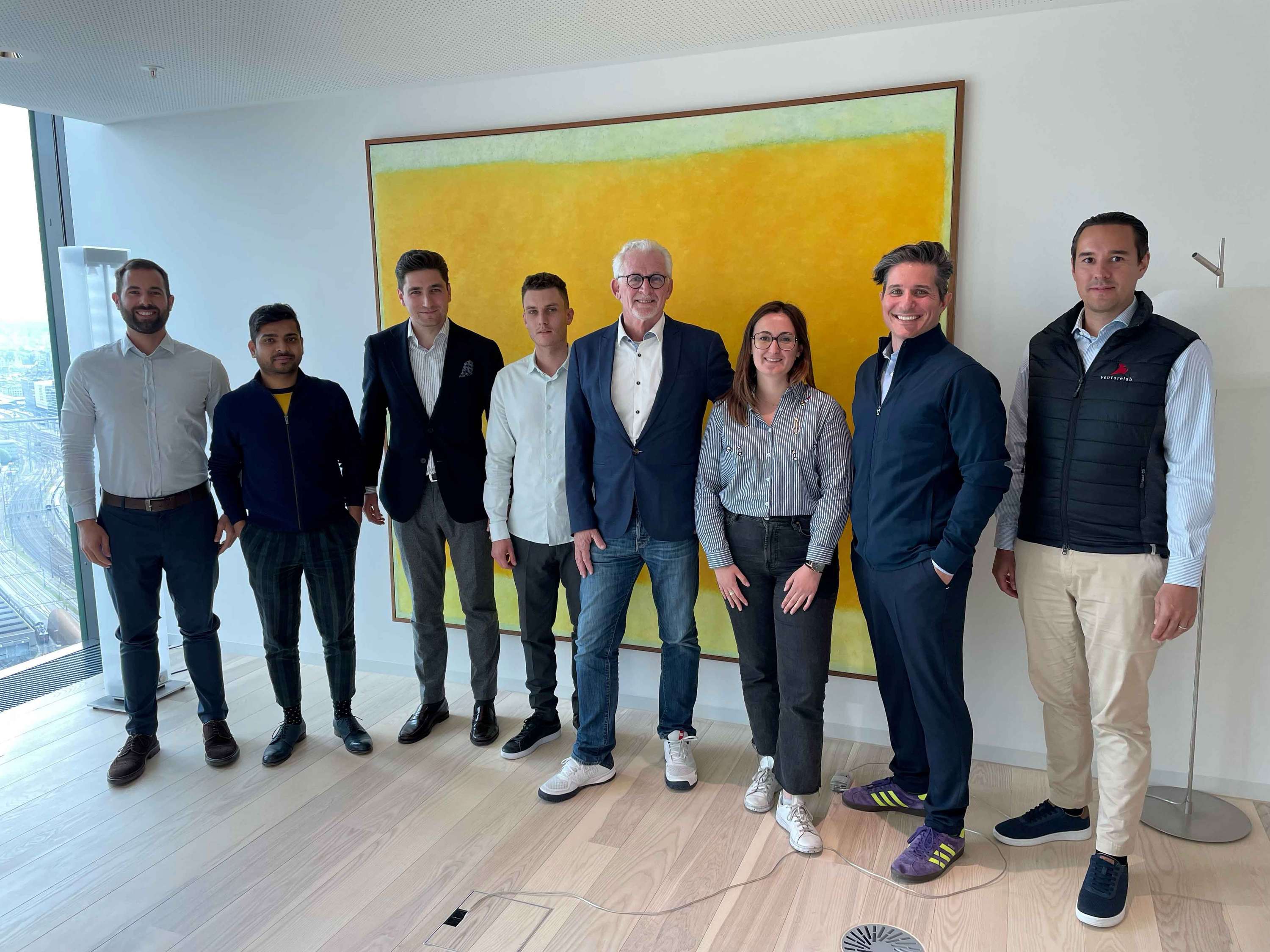
These five finalists presented specific use cases developed for Swiss Prime Site to the Executive Board and submitted their partnership bids at the same time. The potential partnerships will be examined by the relevant group company in the next stage. Successful past partnerships have been entered into with organisations including Memox, FlexOffice, Airlite, Rüedu and Superlab Suisse.
Upcoming Dates
The Accelerator Workshops are part of our Startup Accelerator Programme. Every year we hold several workshops on different topics. The next dates can be found here.
